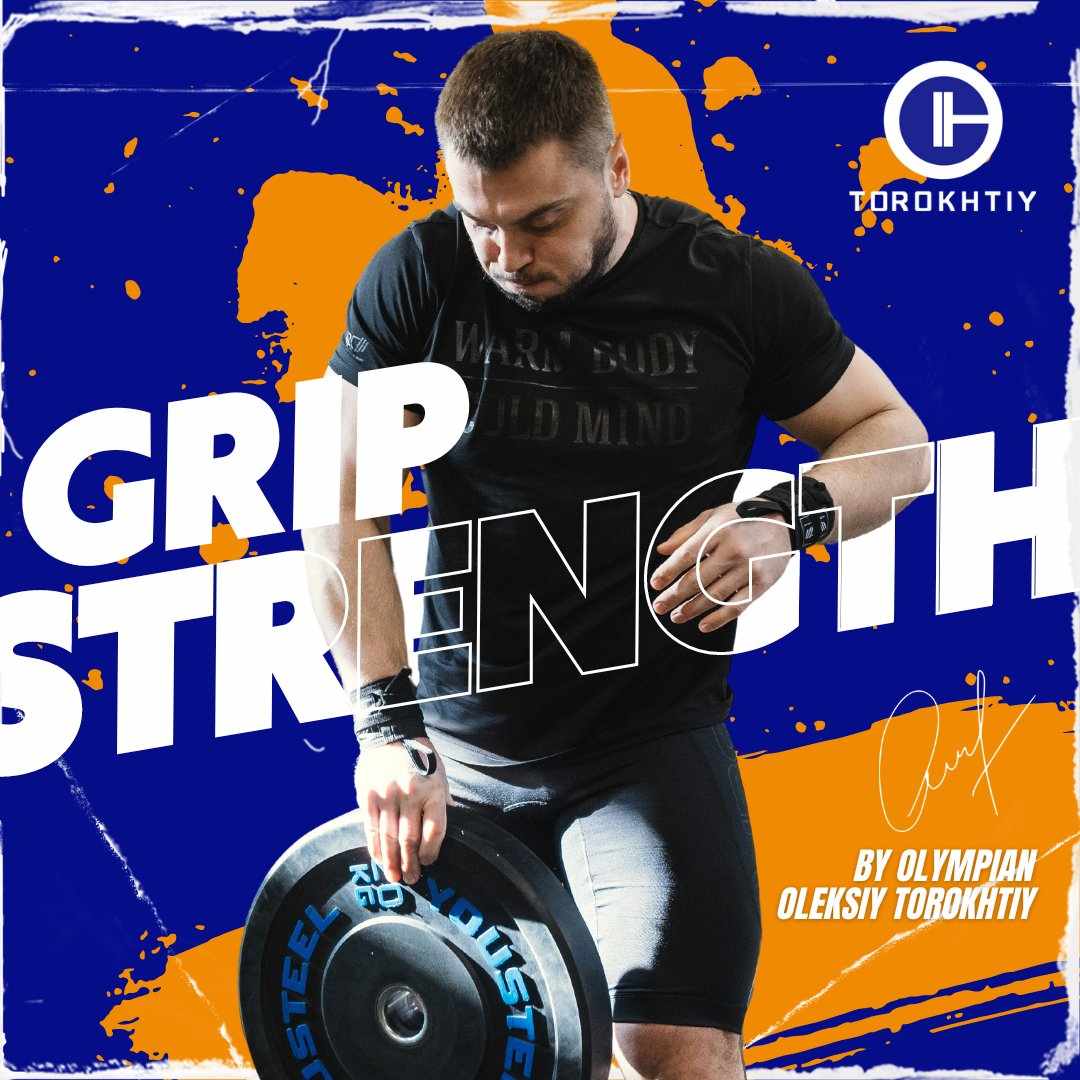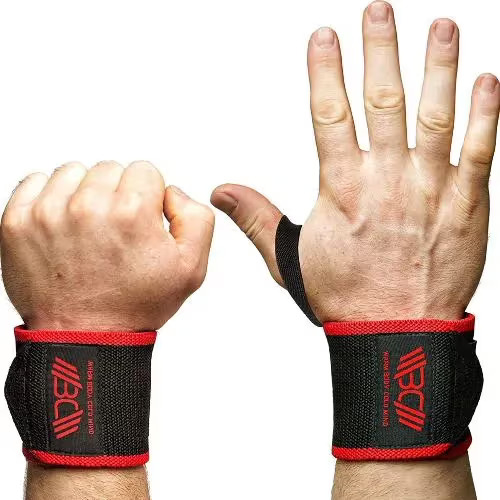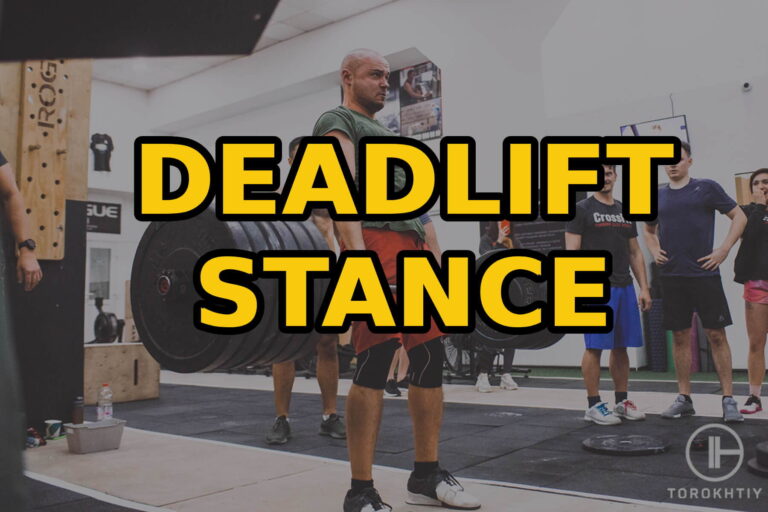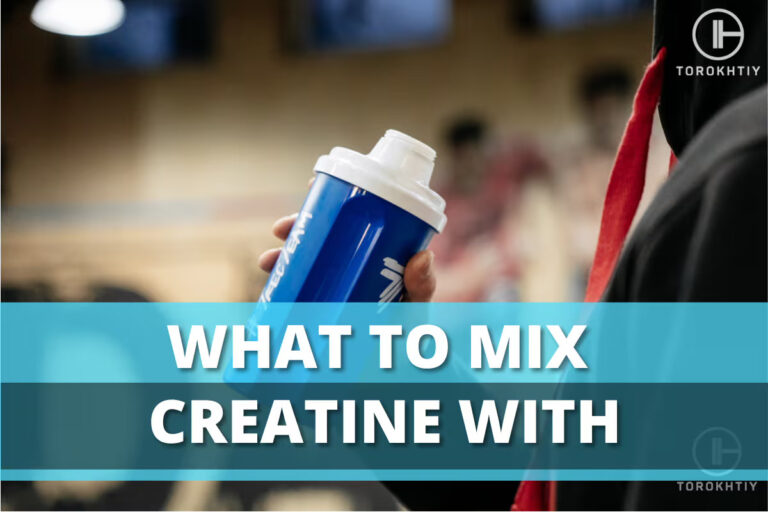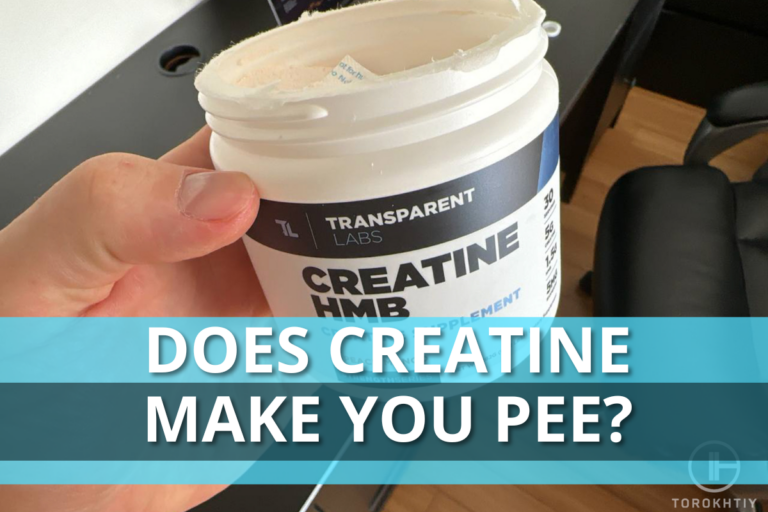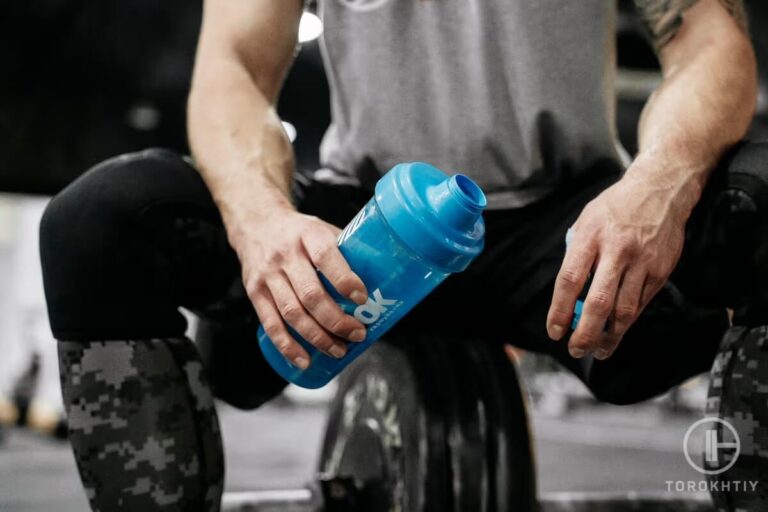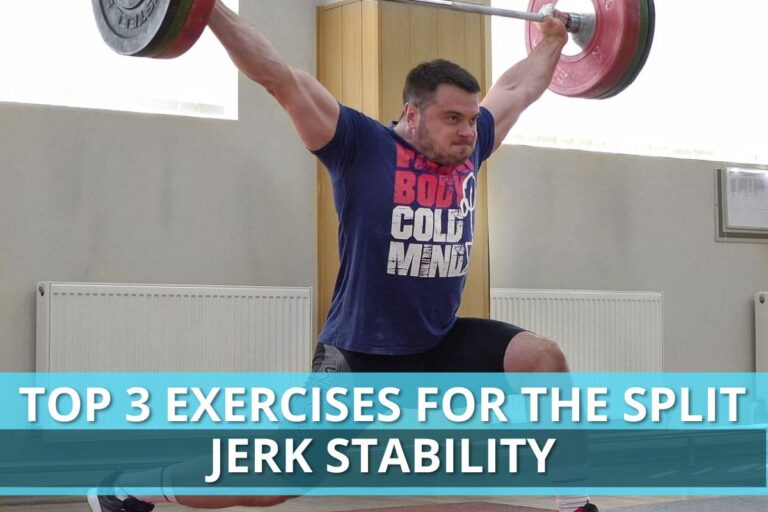Wrist Pain From Lifting: All Your Questions Answered
Wrist pain from lifting is more common than you might think as many upper body exercises involve the use of your wrists. It’s particularly frustrating because you have to suspend most of your workouts as you nurse your wrist. Thankfully, this annoying pain can be avoided as long as you avoid some bad practices. So what causes wrist pain from lifting? How can you avoid it? We’ll find out in this article.
First, the quick answer.
Wrist pain from lifting is caused primarily by wrong form or technique during workouts. If you don’t stick to the “rules of engagement” for your workout, you might twist your wrists it to too much stress which then causes pain.
Now for the long answer, we’ll look deeper into what might cause wrist pain and how you can treat it.
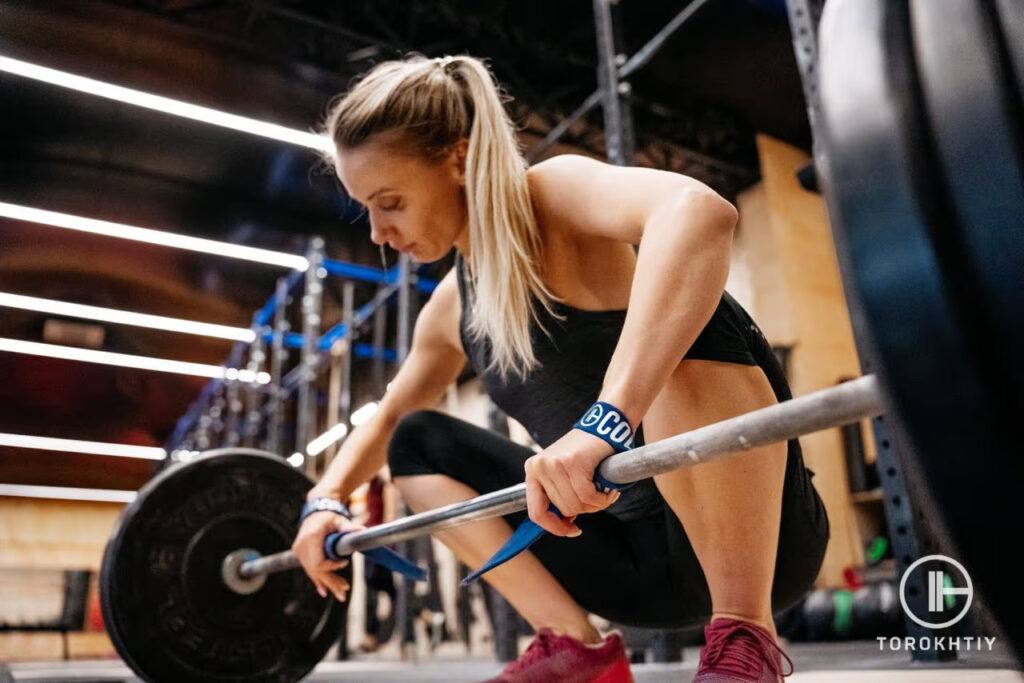
Why Does Your Wrist Hurt During Lifting?
Wrist pain is a very common and annoying injury for lifters. Fortunately, it can be avoided. To understand how to avoid wrist pain, we must first understand what causes it. There’s a high likelihood that it’s as simple as changing a small part of our routine.
Before we begin, this is not a medical consultation. It’s important that you consult with your physician if you’re suffering from wrist pains. Now let’s look at some common causes of wrist pain when working out. If you don’t have any wrist pain, stick around to find how you can keep it that way. If you do, see whether any of these ring a bell. Let’s do it.
1. Improper Form and Technique
If you experience wrist pain when lifting, you might have been lifting without proper form and technique. Wrists are not built to take a lot of stress, but they have a special power. They can serve as a conduit for the stress to pass through from your hands to your arms and the rest of your body. Proper form dictates that you must keep your wrists straight to allow the stress to pass through as it should. Bend them sideways and your wrists start taking on some of the stress because there’s no free flow anymore. Before long, your wrists will be in pain and you’ll be left wondering why.
So make sure to keep your wrists in proper form for whatever exercise you’re doing to avoid any wrist injury from lifting. This is the first and most important step.
2. Too Much Weight
Over lifting is another reason you might be experiencing wrist pain from lifting weights. It’s normal to be so eager to progress that you just pile on the weights as fast as you can. That can be dangerous, however, because eagerness does not always mean readiness.
As you lift, your whole body develops together. Balance is one thing beginners are advised about when they start. You don’t want to build up your chest and leave your legs behind because you might become very strong with legs that can’t carry your weight. This applies to your wrists as well.
That your biceps and triceps are strong enough to lift heavy weights doesn’t mean your wrist is ready for that. So, especially if you’re a beginner, take it easy with the weights. Start small and slowly but steadily work your way up. Haste makes waste.
3. Too Much Work
If you’re not piling on the weights, another thing you might be doing wrong out of eagerness is piling on the reps and rounds. Again, the enthusiasm is good, but overworking yourself will only pull you backwards. Overuse of anything will eventually wear it out, and your wrists are no different.
One of the most important but often neglected parts of fitness is recovery. No matter how hard you work, you are still human and your body needs rest. There are several studies that have shown time and time again how important rest is yet most people continue to ignore it. Recovery allows your body to reset, to self heal if there are any strains. Skipping your rest will prevent your body from refreshing itself and expose you to injuries that might be brewing up without your knowledge.
Often, wrist injuries are not immediately apparent and we just tough it out and keep going. The stress builds up without your knowledge until it’s too much to hide, then it bursts out in your face and leaves you with sore wrists from lifting. So give your wrists time to rest. Space out your reps and rounds such that your body is well taken care of.
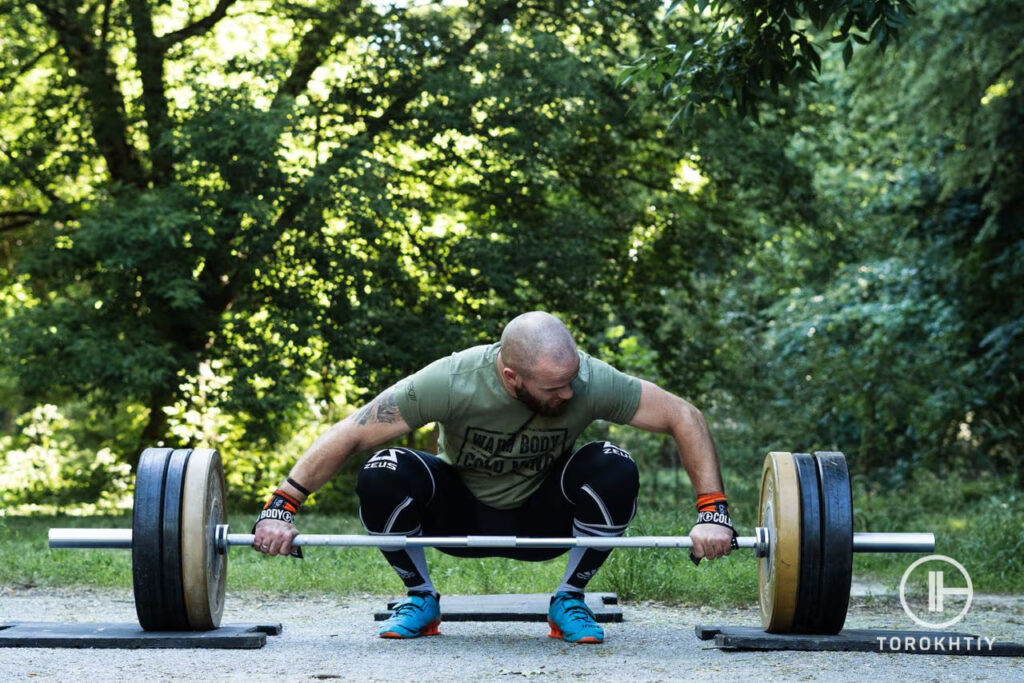
4. Acute Injury
This is a nightmare to any lifter. Acute injury only comes into play if you’ve ignored the warning signs from your wrist till it’s no longer just pain but an injury. At this point, you probably have to see a doctor. It doesn’t matter how much you can ignore warning pains, it will eventually become unbearable.
Ignoring pain will only make matters worse, so pay attention to your body and take care to respond appropriately.
Types of Wrist Pain
Not all wrist pains are the same. Different movements and behavior result in different wrist conditions that cause pain. It’s important to know the basic differences between them, so we’ll do a short summary of some common types.
1. Wrist Sprain
A sprain is what happens when there is damage to a ligament, such as hyperextension. Ligaments are tissue that help control joint movement, so if a ligament is stretched too far it might tear. This can cause the following symptoms, depending on how severe:
- Pain when moved
- Swelling
- Burning sensations
- Bruising
Sprains are usually caused by overuse or physical trauma, so you now see why it’s important to take it easy. The more you ignore the pain, the worse the situation inside gets.
2. Tendonitis
Tendons are tissues that attach our muscles to our bones. I won’t bore you with the biology of it, but repeated movements can cause swelling or inflammation in your tendons. As you know, this is what weightlifting is all about. When you overwork yourself and go too hard for too long, your tendons might flare up in protest.
3. Carpal Tunnel Syndrome
Carpal tunnel syndrome occurs when the median nerve, which is responsible for sensation in your fingers, is put under high pressure. This pressure then leads to pain or numbness, weakness, and tingling in your wrist.
4. Wrist Fracture
This is a bad one. A wrist fracture happens when one of the small bones connecting your arm to your wrist cracks or breaks due to excess pressure. You would need to visit a doctor immediately to avoid it turning into a terrible injury.
5. Triangular Fibrocartilage Complex Injury
There is some cartilage located close to your pinky finger that helps support the small bones in your wrist called the triangular fibrocartilage complex. Plenty of pressure over time or a massive shock impact can either wear it away or tear it. This leads to pain along the pinky finger side of your wrist.
6. Others
There are other types of wrist pain including:
- Wrist bursitis
- Arthritis
- Wrist tenosynovitis
Now that you’re familiar with different types of wrist pain, let’s have a look at how to prevent and treat it.
How to Fix Wrist Pain While Lifting
If you don’t experience any hand pain from lifting weights, it’s best to keep it that way. You don’t want any of that pain, trust me. If your wrists hurt when lifting, there’s no need to panic. Your lifting days are far from over. In this section, we’ll discuss measures to help prevent and treat wrist pain.
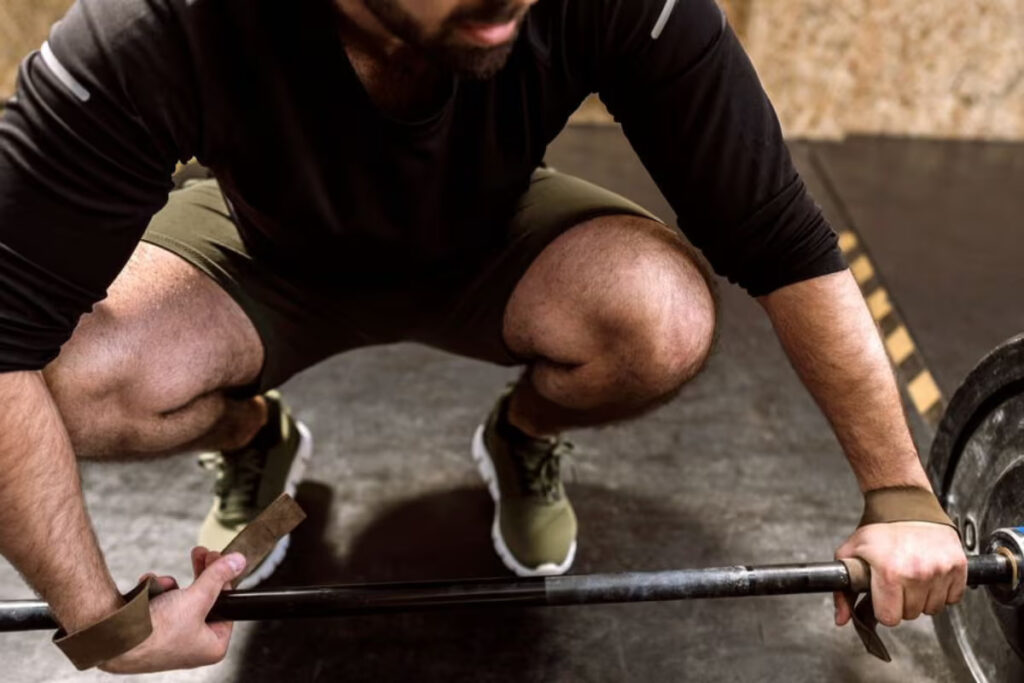
1. Prevention
To keep your wrists from hurting when you lift, here are some tips.
• Maintain Proper Form and Technique
You’re probably tired of hearing this, but it can really be that simple with preventing wrist pain. Form and technique ensure that your workouts have the right effect on you, but also that you’re safe throughout.
• Listen to Your Body
Your body is not a log of wood, it’ll give you feedback. It’s important that you’re attentive to the signs and warnings of your wrist and adjust accordingly. Pushing your wrist too far is sure to cause you more grief down the line.
🔻GRIP STRENGTH TRAINING PROGRAM
Struggling with Missed Lifts in Olympic Weightlifting?
Weak grips shouldn’t hinder your success.
Our specialized program, featuring 26 unique exercises and 18 workouts, focuses on strengthening essential hand muscles for Olympic weightlifters like you.
Don’t let your grip be the reason; start your journey to a stronger, more powerful lift today!
- 🌟 Targeted Grip Strengthening
- 🌐 Suitable for All Skill Levels
- 🔒 Lifetime Access – No Monthly Payments
Unleash your full potential. Click to transform your lifting game now!
• Wrist Exercises
There are effective wrist exercises that can help loosen up your wrist before you get into the thick of your workout. These mini workouts will reduce the risk of injury to your wrists by increasing flexibility and strength.
• Use Wrist Wraps
Wrist wraps are a tidy gym accessory that help support your wrists by locking them in proper form and shielding them from the direct brunt of the weights. They help set the wrist up so that most of the load just passes through to the arm as it should be. Be careful not to get too dependent on wrist wraps as they will hamper your natural wrist strength and development in the long run. My advice would be to use wrist wraps if you’re a beginner or a veteran looking to increase your max.
We Recommend: WARM BODY COLD MIND Weight Lifting Wrist Wraps
The Warm Body Cold Mind weightlifting wrist wraps are tailored for your needs. They’re made from premium cotton and feature canvas webbing with reinforced stitching. They’re designed to provide maximum support for even the heaviest weights while providing top notch comfort, with input from world and european weightlifting champion, Oleksiy Torokhtiy.
Whether you’re looking to prevent wrist pain while lifting or nurse your wrist back to fitness, these wrist wraps are the perfect companion. They’re anti-slip and super comfortable, and they keep your wrist in form and shield it from the brunt of the weight.
Treatment
If you’re already experiencing pain, here’s how you can nurse your wrist back to full fitness:
Medical Treatment
If you feel any sharp pain that just won’t go away, it’s time to suspend any lifting and call your doctor. No need to panic, but it’s safer to describe exactly how you feel to your doctor and they’ll know what to do. It could be a simple matter like an ice pack or you might have to get an x-ray.
Wrist Exercises
Once finished with the doctor and if your wrist is healing and feeling better, it’s good to start some mild exercises. Consult with your doctor, but as you get stronger, it’s better to start stretching and warming your wrists up to avoid a recurrence and hasten the healing too. Still no weights until your doctor says it’s okay.
Wrist Wraps
We already mentioned wrist wraps as a way to help prevent wrist pain, but it’s also great for treatment. If you’re feeling confident enough to get back into the gym, take it easy for a start. Don’t go anywhere near your max and use wrist wraps. Wraps reduce the amount of work your wrist has to do and lets you ease into heavier weights as you progress.
FAQ
How long does it take for a wrist strained during lifting to heal?
Mild strains can take about 1-6 weeks to heal, but more serious injuries can take as long as 6 months. If your pain is serious, the best person to give you a specific period would be your doctor.
How do I know if my wrist after lifting is serious?
It’s time to contact your doctor if you’re experiencing any of these:
- Consistent pain even without lifting
- Continued numbness
- Difficulty in holding items due to weakness
- Difficulty in doing basic hand movements
Conclusion
Wrist pain from lifting is quite common among lifters, but can be prevented and treated. Stick to proper form and technique, pay attention to your body, and call your physician before things get too serious. The earlier you handle any wrist strains, the less serious they’ll get and the less time you’ll spend on the sidelines. Use wrist wraps as an extra support especially if you’re new to the movements or attempting to increase your max load.
Now I’d like to hear from you. Have you experienced wrist pain when lifting before? Did any of the causes ring any bells? Do you have a question I didn’t cover? Let’s talk in the comments!
Also read:
- Low Bar Squat Wrist Pain
- Best Wrist Wraps For Powerlifting
- Wrist Support For Push Ups
- Bench Press Wrist Pain
- Front Squat Wrist Pain
- Handstand Wrist Pain
References:
- Stretches for Wrists and Hands // Healthline:
https://www.healthline.com/health/chronic-pain/wrist-and-hand-stretches
Why Trust Us?
With over 20 years in Olympic Weightlifting, our team does its best to provide the audience with ultimate support and meet the needs and requirements of advanced athletes and professional lifters, as well as people who strive to open new opportunities and develop their physical capabilities with us.
By trusting the recommendations of our certified experts in coaching, nutrition, dietology, and sports training programming, as well as scientific consultants, and physiotherapists, we provide you with thorough, well-considered, and scientifically proven content. All the information given in the articles concerning workout programming, separate exercises, and athletic performance, in general, is based on verified data. We ensure that you can rely on our professionals’ pieces of advice and recommendations that can be treated as personalized ones which will benefit you and fully meet your needs.
The product testing process is described in more detail here
Author: Ihor Shymechko
Pro Olympic Weightlifter, Coach
Best Results: Snatch – 208 kg,
C&J – 240 kg
Ihor has been a professional weightlifter since 1996, boasting over two decades of competition experience. His notable achievements include clinching the European Championship in 2009 and securing a silver medal in the 105kg division at the Senior World Championships in 2011. Ihor represented his country in the 2008, 2012, and 2016 Summer Olympics. After retiring from competitive weightlifting, he transitioned to coaching, leveraging his vast experience to guide athletes who now compete on both national and international stages.

